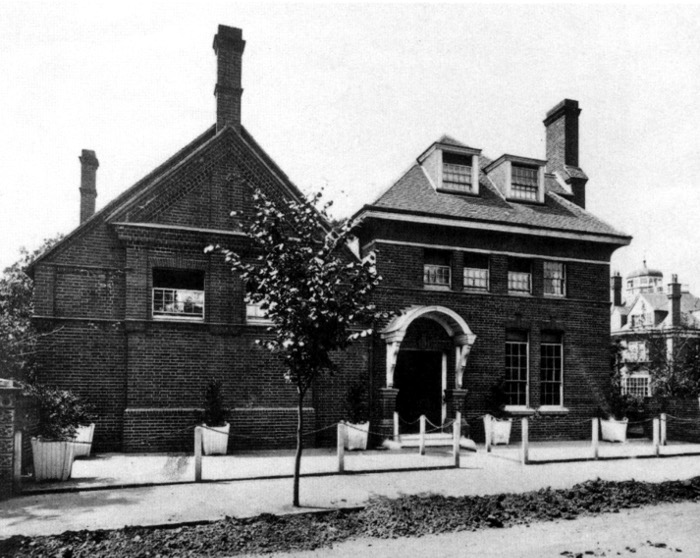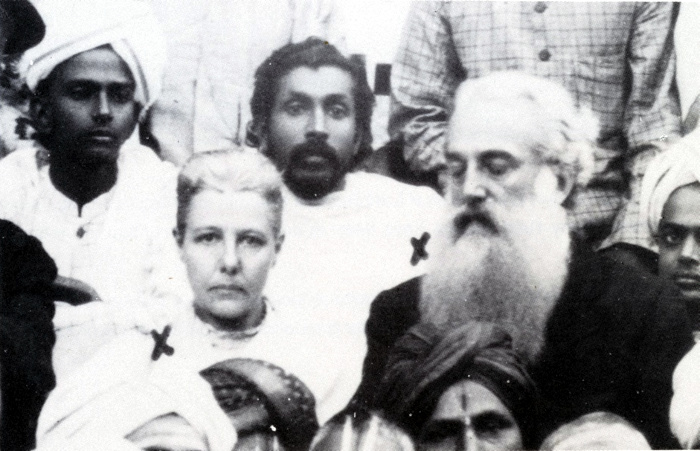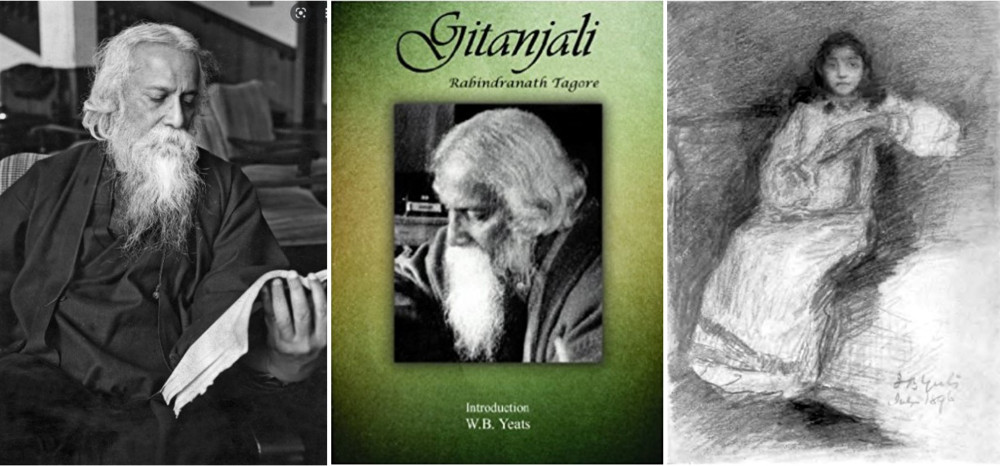London Buddhist Vihara, formerly Bedford Park Social Club
Location 3


The original Bedford Park Club is now the London Buddhist Vihara, a reincarnation that would have delighted Yeats.
Unlike normal Victorian housing developments, Bedford Park was designed for happiness rather than profit: so it included church, pub, sports ground, convenience store, a school of art and a social club that, unlike others in London, admitted men and women on equal terms.
Offering billiards, hosting fancy-dress balls, and staging the plays that inspired Yeats, the Club also arranged lectures on the progressive topics of the day, including vegetarianism, women’s rights, and the treatment of the Empire’s indigenous subjects, as well as Home Rule for India and Ireland.
…Obviously topics of interest to Bedford Park’s cosmopolitan range of residents, which included a Ukrainian anti-Tsarist, French and German painters, an American anti-slavery campaigner and one of Britain’s only two Asian MPs.
The Theosophist Henry Steel Olcott was invited here to speak in December 1889: he was the first “Westerner” to convert to Buddhism. Yeats attended that lecture and remained interested in Eastern teachings for the rest of his life.
It was one of Olcott’s followers, Anagarika Dharmapala, from Sri Lanka, who founded the London Buddhist Vihara. And the Vihara moved into this building in 1994 without, as it happens, knowing that Henry Steel Olcott had lectured here 105 years earlier. An example of good karma that would, perhaps, have intrigued Yeats!
Yeats’s interest in the East wasn’t confined to Buddhism though. He got to knew Sarojini Naidu whom Gandhi described as “the Nightingale of India” and wrote an introduction for Rabindranath Tagore’s Gitanjali, as well as fostering the careers of other Indian poets and, in his later years, translating the “Upanishads” with Shri Purohit Swami.
Yeats was convinced that wisdom could be found by embracing other cultures. And his meeting with another of Olcott’s colleagues, Mohini Chatterjee, so impressed him that it led him to write a poem about that moment, thirty years after it occurred.
